Ali nazik is a classic Turkish kebab from Gaziantep. A beautiful smoked aubergine purée toppet with perfectly flavoured lamb meat. It doesn’t get much better – or simpler – than this.
One of the most beautiful things about Turkish cuisine is its simplicity. Some dishes may take a while to make, sure. Ages, even – they do like intricate shaping by hand into the smallest of dumplings.
But the flavours are simple. Well thought out combinations of ingredients that have a stood the test of time and really don’t need any extra spice or any other additional ingredient.
With the abundance of flavourful produce this region has long enjoyed, it’s perhaps no wonder. The dish I’m introducing here is certainly no different.
Turkish kebab with a twist
Ali nazik, sometimes referred to as Alinazik kebab, is thought to hail from Gaziantep in south-eastern Turkey. Perhaps the most famous local cuisine, Gaziantep cuisine is known for its kebabs and baklava (the region has exquisite pistachios).
They region is also known for not being afraid of packing a punch of flavour into their dishes. Homemade tomato paste, red pepper paste and the local chili flakes known as pul biber (often known as Aleppo pepper abroad) are used with a heavier hand than elsewhere in the country.
Ali nazik combines the simplicity of Turkish cuisine with the flavour punch of Gaziantep for a stunner of a dish that’s as simple to make as it’s delicious.
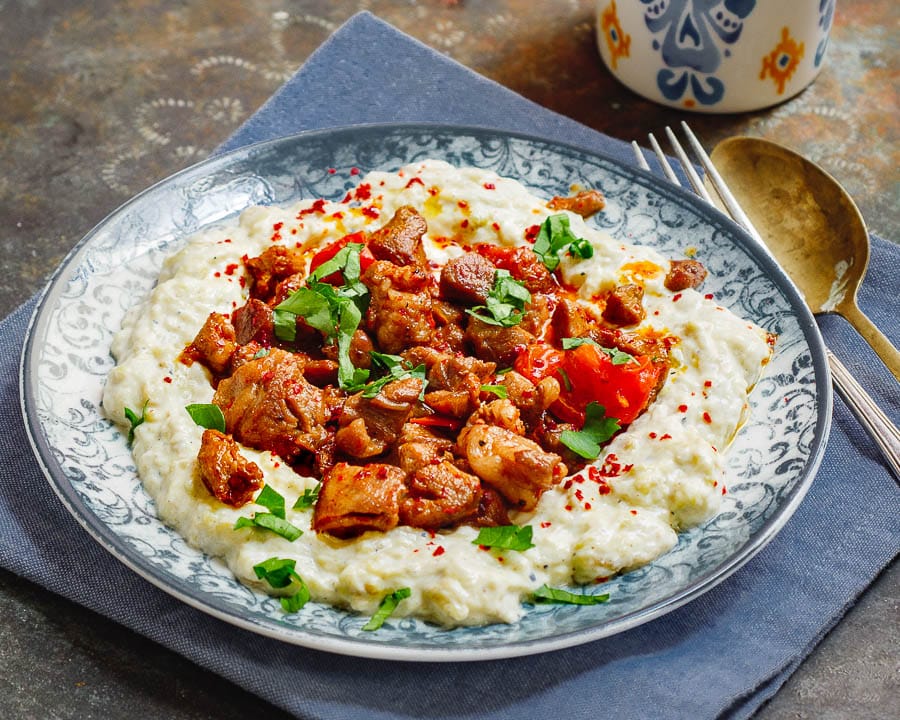
Ali nazik is made by topping a smoked aubergine purée with meat. Yoghurt and garlic help flavour the aubergine purée, while the meat topping options vary according to the chef.
Most commonly, the meat is beef or lamb fried in butter, sprinkled with a generous helping of the mild Turkish chili flakes – more for flavour than heat. A small amount of vegetables, such as green pepper, is common as well.
Others prefer to make it saucier, resembling more of a tomato based meat stew. Yet others – kebab restaurants, typically – grill the meat over a charcoal barbecue for a true kebapversion. Some even use kebabs made from minced meat rather than cubes of meat!
I’ve tried a range of versions, and let me tell you they’ve got one thing in common: They’re all absolutely delicious.
What does ali nazik mean?
In modern Turkish, ali nazik appears to translate as “Kind Ali”. According to my colleague Özlem Warren, there are two theories behind this name, none of which involve a kind man named Ali. It appears the dish is older than modern Turkish.
The first story involves an Ottoman sultan visiting Gaziantep. He was served this dish and enjoyed it so immensely that he wanted to know who had made it. “Which delicate hand made this food,” he asked. Delicate hand in Turkish is “eli nazik”, which may over time have evolved into ali nazik.
The second, and less exciting, theory, is that the name comes from old Ottoman Turkish, where “ala” meant delicious, while “nazik” meant food. In which case I’d say the description is quite accurate!
A few tips for making Turkish lamb with smoked aubergine purée
As mentioned, there are a number of ways to go when making ali nazik, especially when it comes to the meat.
Personally, I prefer it the simple way. With the meat and aubergine purée front and centre, undisturbed by sauces or too many vegetables.
I understand that in Gaziantep, they mostly use beef these days. I prefer lamb, which has more flavour, but you may choose as you wish.
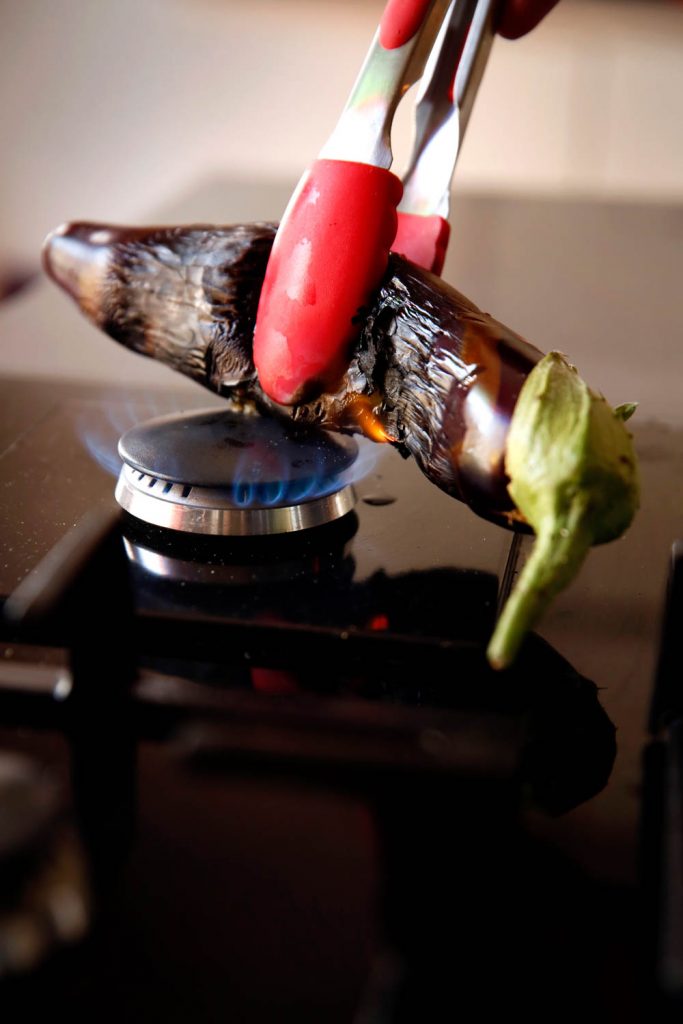
What I will say though, is that burning the aubergine until it is charred and smokey is not optional. An important part of what makes ali nazik so irresistible is the smokey flavour of the aubergine purée, just like it is for moutabal.
This is best achieved by burning them directly on a flame. A gas hob or gas barbecue is great.
If you have a Turkish kozmatik, a steel pan with holes in it, you can use that to minimise the mess on your gas hob. I don’t find the mess hard to clean up, so I don’t bother, but a lot of people like this tool.
You can also do it the old fashioned way, dropping the aubergines (eggplants) straight into the hot embers of a coal barbecue.
If none of these are an option, use a large, thick bottomed frying pan over high heat. The flavour won’t be as smokey, but you’ll likely get at least some smokiness.
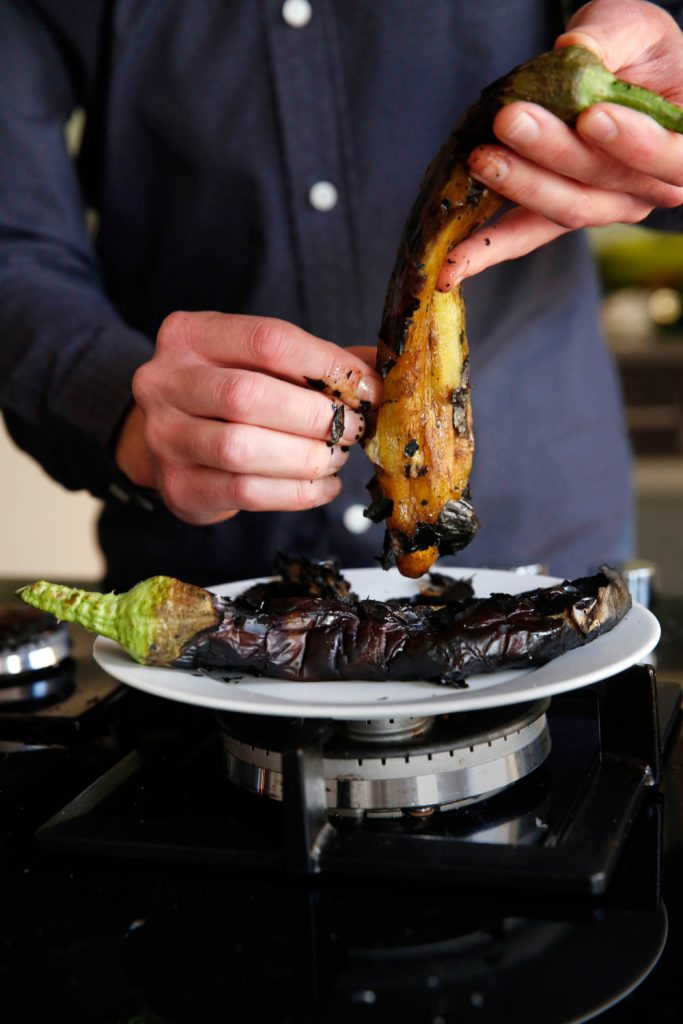
Whichever your method, make sure to keep an eye on the aubergines at all times and air properly. No smoky flavour without a bit of smoke!
And make sure to leave them long enough that the aubergine flesh is completely tender. No one likes aubergine with a bite!
Let me also mention that I don’t recommend roasting the aubergines in the oven. You can still get a delicious, melt in your mouth aubergine purée this way, but it won’t have anywhere near the smokey flavour which so elevates ali nazik.
How to serve ali nazik
Although it sounds like a main dish, ali nazik is often served as what Turks call ara sıcak. A warm starter served between the cold meze and the main dish. A little like the Italian primo, which is after the antipasti, but before the secondi.
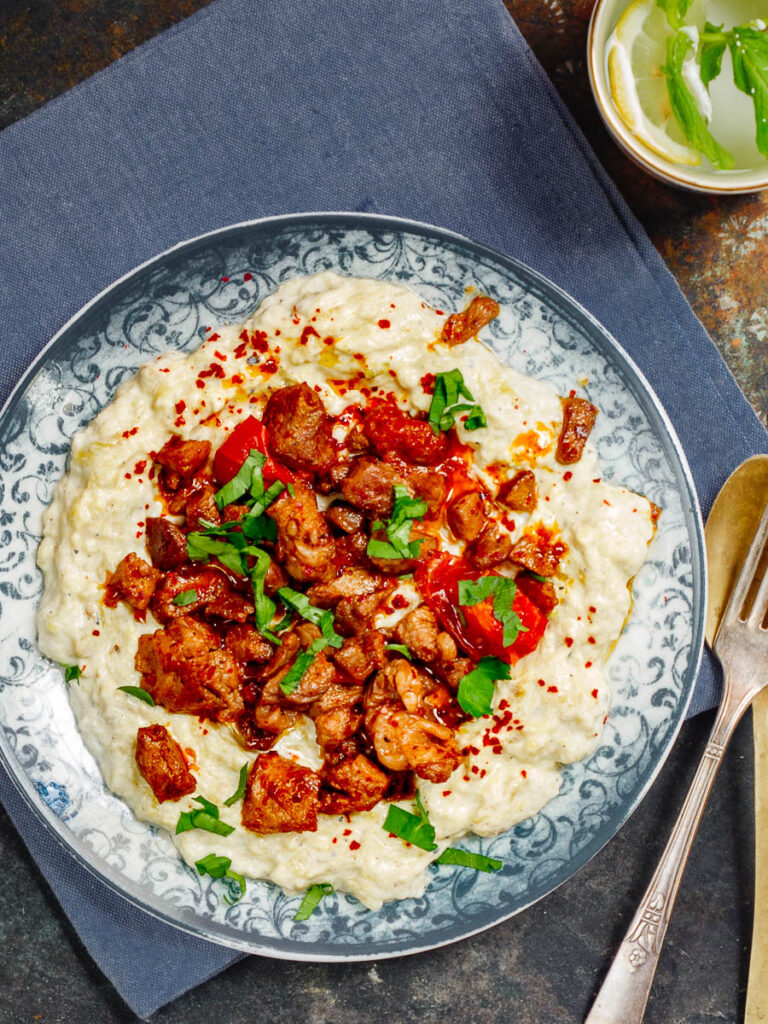
That said, there’s nothing wrong about making ali nazik the main dish. I certainly do! As do many Turkish restaurants, both in Turkey and abroad.
As a main dish, I like it with fresh bread and a simple salad alongside. If you have the time, Turkish ramadan pide is perfect here (you have my permission to make it even outside of ramadan).
If you prefer a warm side dish, bulgur works really well here. It’s still preferred over rice at many occasions in these parts of Turkey – and for good reason. The slight nuttiness of the wheat goes better with this dish than the plainness of rice.
As for the salads, if it’s summer where you are, I’d suggest one of these two:
If it’s winter, stick with a simple green leaf salad topped with pomegranate molasses and extra virgin olive oil. Perfect!
This recipe serves 3-6, depending on whether it’s a main meal or starter, as well as what else you’re serving with, before and after.

Ali nazik – Turkish lamb with smoked aubergine (eggplant) purée
Ingredients
- 500 g lamb, leg or shoulder, cut into 1 cm (⅖ in) cubes
- 2 Tbsp olive oil, I use a mild extra virgin
- 2 Tbsp ghee or butter
- 100 g cherry tomatoes
- 1 tsp pul biber (Aleppo pepper)
- 5 g flat leaf parsley, finely chopped, to garnish
- salt and pepper
Smoked aubergine purée
- 350 g Greek yoghurt, or 225 g (8 oz) Turkish süzme yoğurt
- 3 large aubergine (eggplant)
- 2 small garlic cloves, or to taste
- a few drops lemon juice, optional
- salt and pepper
How I make it
- Season the lamb generously with salt and pepper. Set aside.
- Place a sieve over a bowl and cover with a clean kitchen cloth or cheese cloth. Add the yoghurt and leave to strain until it’s thickened a little, but still not as thick as cream cheese. Half an hour is usually enough. You want to be left with approx 225-250 g (8-9 oz) yoghurt. If using Turkish süzme yoğurt, which is already strained, you may skip this step.
- Pierce the aubergines (eggplants) with a fork. Using a gas burner, burn them directly on the flame until they’re completely burnt on the outside and very soft on the inside. Turn them over every once in a while. This usually takes 10-15 minutes. Set aside to cool down slightly. See notes below for alternative methods, but whatever your method, make sure to constantly watch the process and to air the area well. No smokey flavour without a bit of smoke!
- Once the aubergines (eggplants) are cool enough to work with, peel the skin off and discard. Chop the flesh roughly.
- Using a pestle and mortar or the flat side of a knife against the chopping board, crush the garlic to a paste with a little salt.
- Mix the chopped aubergine (eggplant) flesh with the garlic and yoghurt. Season to taste with salt and pepper (it probably needs more than you think!). If the yoghurt you’re using is very creamy and not at all tangy, add a few drops of lemon juice to taste. Once it tastes great, set aside.
- Heat a large thick bottomed frying pan over medium/high heat. Brown the meat in batches.
- Turn the heat down to medium. Add the browned meat, butter, tomatoes and pul biber (Aleppo pepper). Cook until the meat and tomatoes are as you like them. I prefer to keep mine going for 4-5 minutes, until the meat is completely cooked through and the tomatoes are just starting to fall apart. Take off the heat.
- Spread the smoked aubergine purée on a serving plate. Top with the lamb mixture (don’t leave the fats in the pan!) and a little chopped parsley. Serve immediately.
Tips & notes
- Burn the aubergines in the hot coals of a barbecue. This should yield similar results as burning the them on the flame.
- Heat a thick bottomed frying pan over high heat. Place the aubergines in the pan and weigh them down with something heavy enough to maximise surface contact for the aubergines, without squashing them too much as they cook (for example, a lid topped with a light weight of some sort). Turn regularly until completely burned.
- Burn the aubergines under the grill/broiler setting of your oven. This is unlikely to lead to a very smokey result, so the dish will taste different (but still be tasty!).
- Roast the aubergines in your oven set at the highest possible heat. This will not yield a smokey result, so the dish will taste different (but still be tasty!).


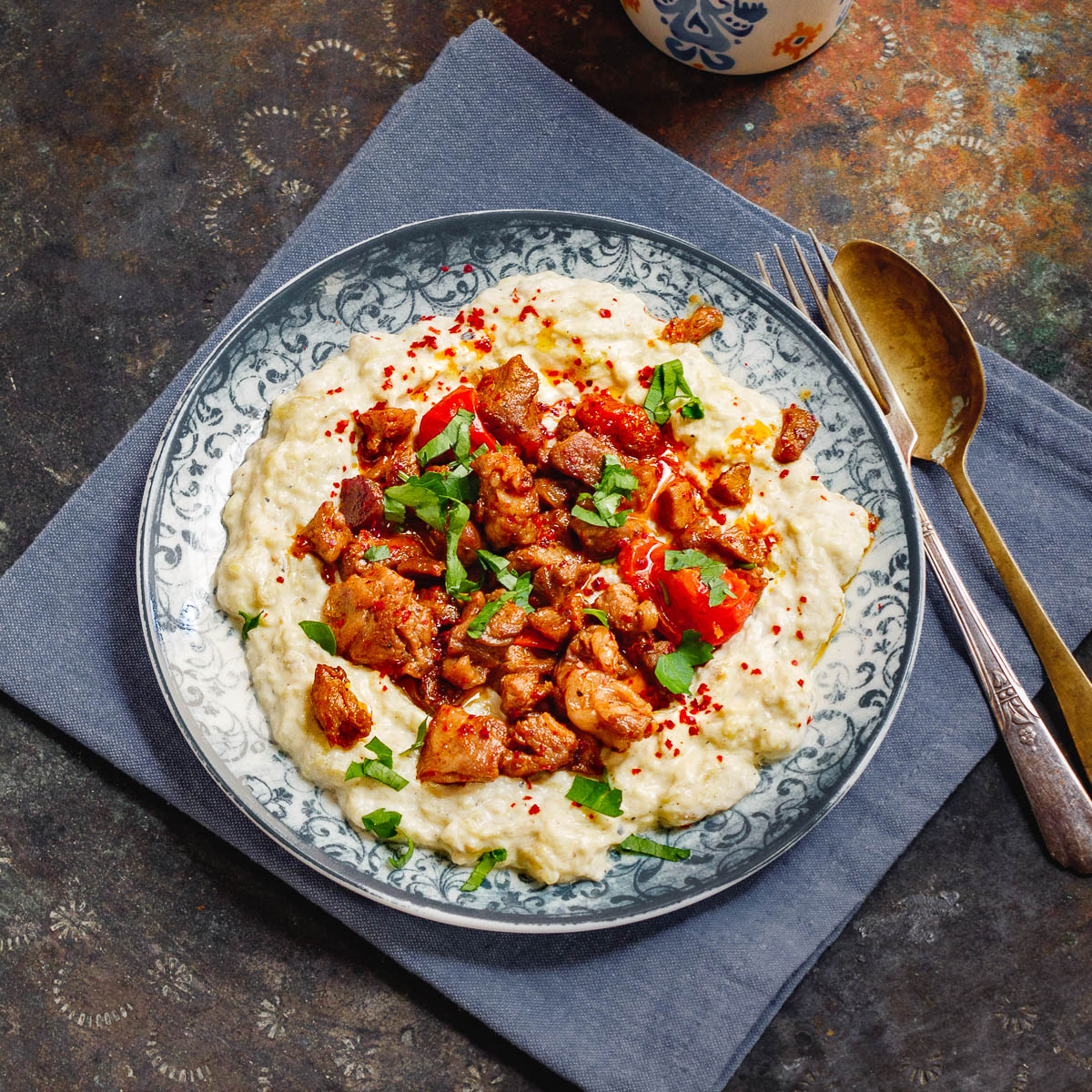

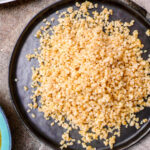
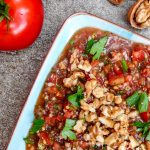



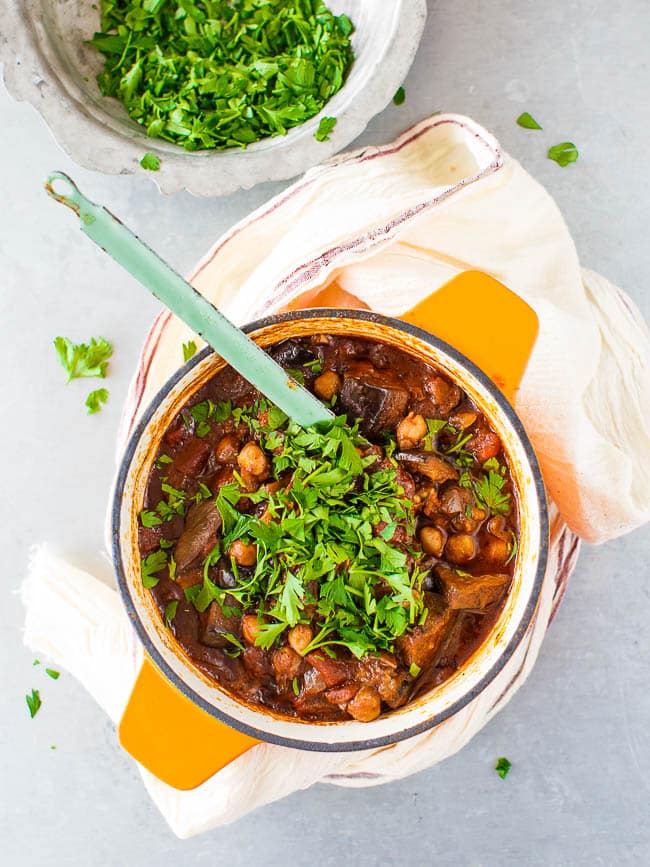
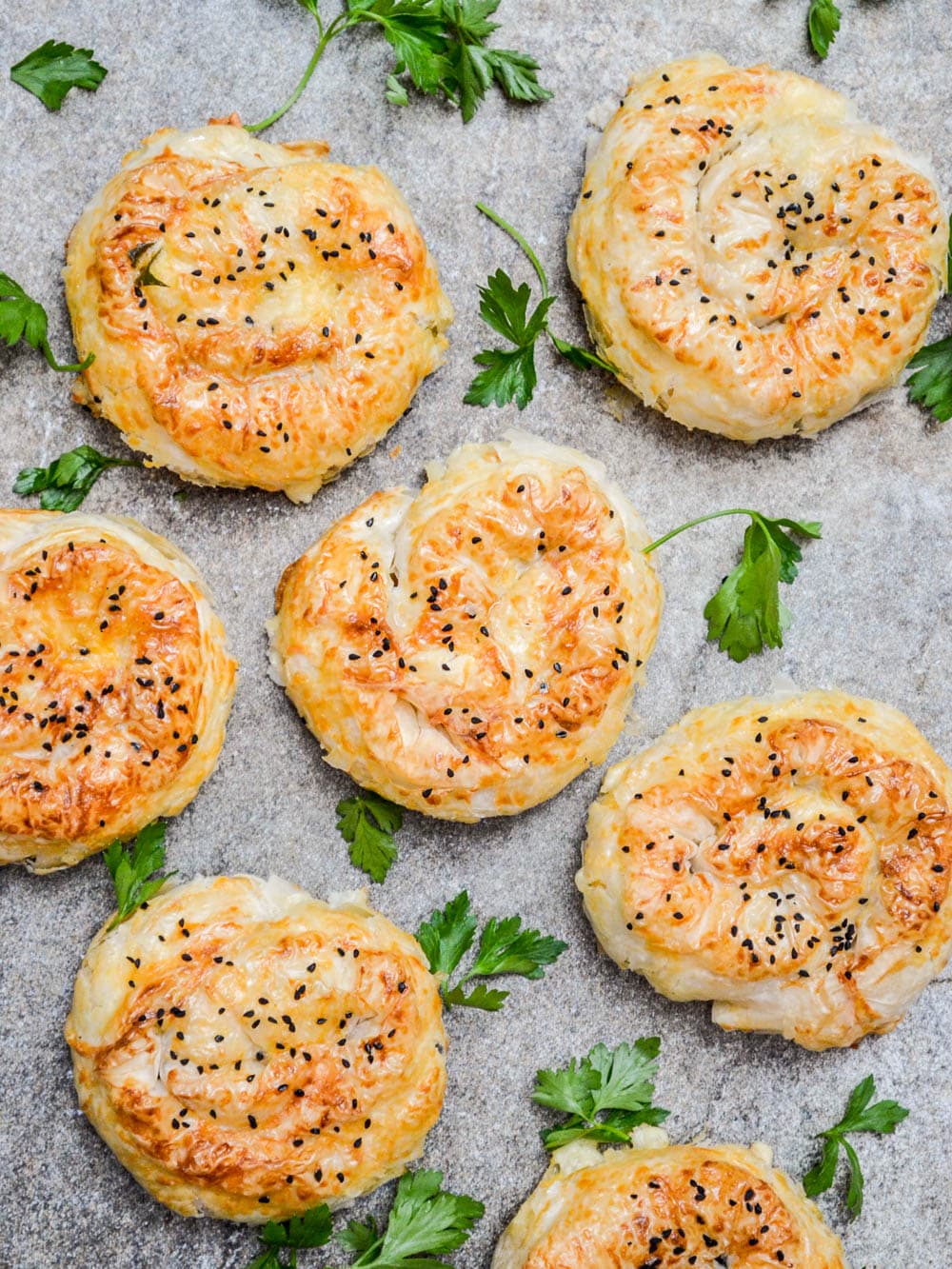
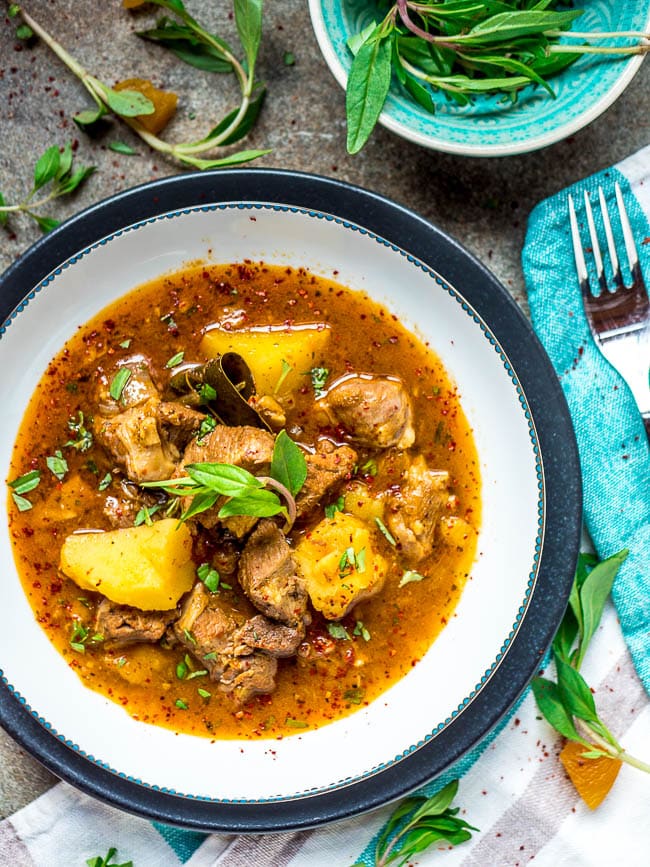
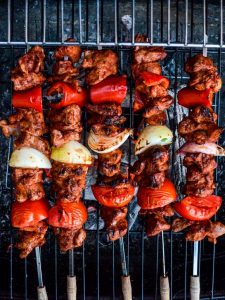
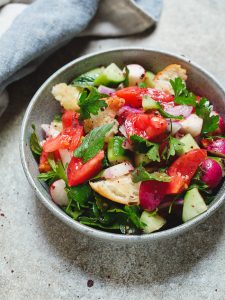
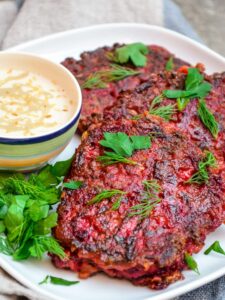




One Response
I’m in Istanbul for ten days (in an Air BnB on Omer Hayaam) with my daughter, and we just tried ALI NAZIK…..
It was WONDERFUL! (Normally, eggplant falls immediately to the bottom of my “wish list”, but your instructions about how to ‘smoke’ them has very nearly changed my life!….)
I’ll continue to visit your website, even after we return to Canada, but PLEASE convince your publishers to bring the books out in English — or French!